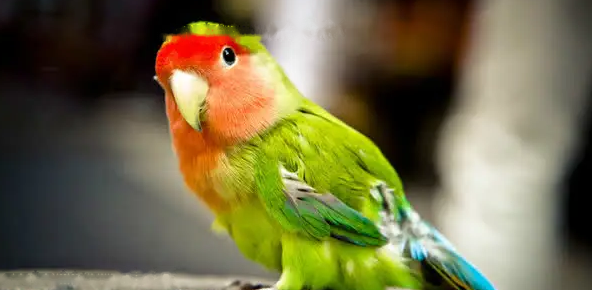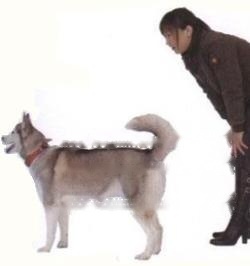Snow squirrel can see its economic value from the outside to the inside. Its hair can be used to make pens and brushes, its meat can be eaten, and its skin can be used to make fur. The most important thing is that the snow squirrel is very handsome, docile and well-behaved, and many people are willing to keep it as a pet.
![src=/static/img/16517/16517_1.jpg]()
Chinese name: Snow squirrel
Kingdom: Animalia
Door: Chordate
Class: Mammalia
Order: Rodents
Suborder: Squirrel
Family: Squiridae
Subfamily: Squirrel Subfamily
Genus: Squirrel
Species: Snow squirrel
Distribution: Eurasia
Reproduction: Viviparous
【Knowledge of Snow Squirrel Breeding】
Snow squirrels raised in the north need to keep warm in the cooler season, especially at night. If a squirrel is sick with a cold, add more bedding to its nest before going to bed, remember to replace it in the morning, and pay attention to ventilation during the day.
Mice after the end of the month need to pay attention to heatstroke prevention and cooling during the day. Heatstroke caused by too high temperature is also fatal to squirrels. You can keep indoor air circulation, put a few bottles of cold water in the cage during the day, put a tile, etc., if he feels too hot, he will lie down on it to cool down, all of which can prevent high temperature heatstroke.
[Feeding points for snow squirrels]
Snow squirrels do not have special requirements on their diet. The choice of food can be diversified without being too single. Snow squirrels are the same as other pine trees. My favorite is nuts, such as walnuts, chestnuts, etc. In order to prevent stinging, these foods should be fed frequently.
Domestic snow squirrels generally feed on the seeds of Fagaceae plants, but they also eat a lot of insects in nature, so it is best to feed them some animal food. If artificial feed is the staple food, apples and other foods should also be supplemented. In summer and autumn, you can also feed some melons and fruits, such as cucumbers, tomatoes and watermelons.
The snow squirrels are fed mixed feed, roughage and green juicy feed.
Mixed feed: generally composed of barley, wheat, corn, soybeans, and husk, the content of which is 25% barley or wheat, 20% corn, 15% bean cake, 10% soybean, 20% drum skin, 6% fish meal, 3% bone meal and 1% table salt.
Roughage: mainly peanuts, sunflowers and walnuts.
Green and juicy feed: Chinese cabbage, carrots, rapeseed, mulberry leaves, and holly leaves.
The daily feeding amount for each snow squirrel is about 30 grams of mixed feed, 200~250 grams of roughage, and 150~200 grams of green juicy feed. It is necessary to feed three times a day in the morning, at noon and in the evening, and it is necessary to have a fixed feeding point every day.
![[Dog Training 5] The training method of pet dog dining etiquette](/static/img/12192/12192_1.jpg)



